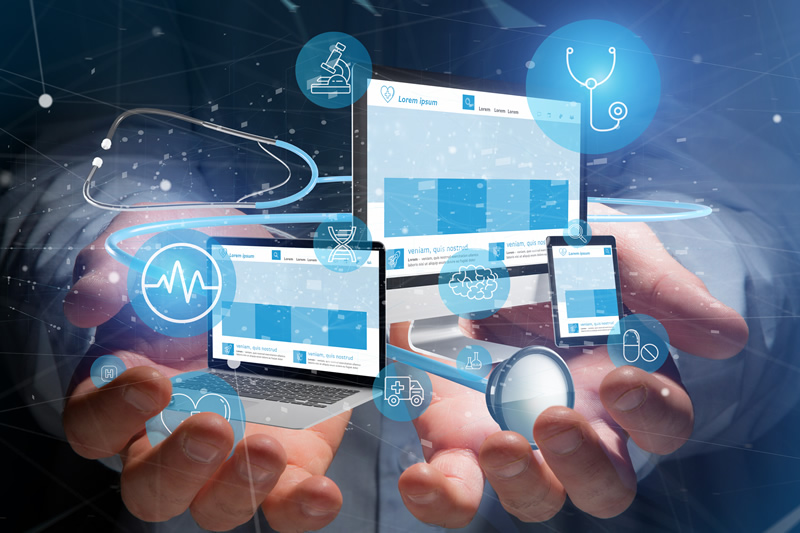Precision in medical device translations is of critical importance. As medical technology advances and markets expand globally, the accurate translation of device documentation, instructions, and labeling becomes not just a necessity but a critical component of patient safety, regulatory compliance, and market success. In this article, we delve into the multifaceted importance of precision in medical device translations and explore the key considerations for ensuring accuracy in this vital process.
Ensuring Regulatory Compliance
One of the foremost reasons for prioritizing precision in medical device translations is regulatory compliance. Regulatory bodies such as the FDA (Food and Drug Administration) in the United States and the EMA (European Medicines Agency) in Europe impose stringent requirements regarding the translation of medical device documentation. Any inaccuracies or ambiguities in translations can lead to delays in approvals or even regulatory non-compliance, jeopardizing market access and the reputation of the device manufacturer.
Mitigating Risks and Ensuring Safety
In the healthcare sector, patient safety is non-negotiable. Medical devices are designed to diagnose, monitor, or treat medical conditions, and any error in their usage due to inadequate translations can have serious consequences. Whether it’s an implantable device, diagnostic equipment, or a simple instruction manual for home use, precision in translations is essential for ensuring that users understand how to properly operate the device, interpret its indications, and respond to warnings or contraindications accurately.
Cultural Sensitivity and Market Receptivity
Beyond regulatory and safety considerations, precision in medical device translations also encompasses cultural sensitivity and market receptivity. Healthcare practices, terminology, and even regulatory frameworks vary across regions and countries. Therefore, translations must not only be accurate linguistically but also culturally appropriate to resonate with target audiences. This involves understanding local customs, beliefs, and linguistic nuances to convey information effectively without causing confusion or offense.
Enhancing User Experience and Usability
Medical devices are often complex instruments that require precise handling and operation. User manuals, instructional guides, and labeling must be translated with utmost accuracy to facilitate seamless user experience and usability. Clarity in translations can make a significant difference in how users perceive and interact with the device, minimizing the risk of errors, misuse, or accidents. Furthermore, well-translated documentation instills confidence in users, fostering trust in the device and the manufacturer.
Navigating Technical and Scientific Terminology
Medical device translations present unique challenges due to the technical and scientific nature of the content. From intricate device specifications to medical jargon and regulatory terminology, translators must possess specialized knowledge and expertise to accurately convey the intended meaning. Terminological consistency is crucial to avoid confusion or misinterpretation, especially in critical areas such as device functionality, operating instructions, and safety warnings.
Implementing Best Practices for Precision
Achieving precision in medical device translations requires a comprehensive approach that integrates best practices throughout the translation process. This includes rigorous quality assurance measures, such as translation validation by subject matter experts, linguistic review by native speakers, and adherence to industry standards such as ISO 13485 for quality management in medical devices. Collaborative efforts between device manufacturers, translation agencies, and regulatory consultants are essential to ensure that translations meet the highest standards of accuracy and reliability.
Partnering with a Translation Agency
Partnering with translation agencies like TrueLanguage and Powerling that specialize in the demands of medical translations is indispensable for ensuring the highest level of accuracy and reliability. Medical device documentation often contains highly technical and specialized content, ranging from intricate device specifications to complex regulatory requirements. A translation agency with expertise in medical translations brings valuable knowledge and resources to the table, including linguists with backgrounds in healthcare, access to specialized terminology databases, and experience navigating the intricacies of regulatory compliance across different markets. Moreover, these agencies adhere to rigorous quality assurance processes, such as translation validation by subject matter experts and linguistic review by native speakers, to guarantee the precision and consistency of translations.
By leveraging the expertise of a specialized translation agency, medical device manufacturers can mitigate risks, streamline the translation process, and ensure that their documentation meets the highest standards of accuracy and compliance in the global marketplace.
Summarizing
In the globalized healthcare landscape, precision in medical device translations is not just a matter of linguistic accuracy but a fundamental requirement for patient safety, regulatory compliance, and market success. From navigating regulatory complexities to mitigating risks and enhancing user experience, the importance of precision cannot be overstated. By prioritizing precision and implementing best practices throughout the translation process, medical device manufacturers can effectively communicate with diverse audiences, expand market reach, and ultimately contribute to improved healthcare outcomes worldwide.


